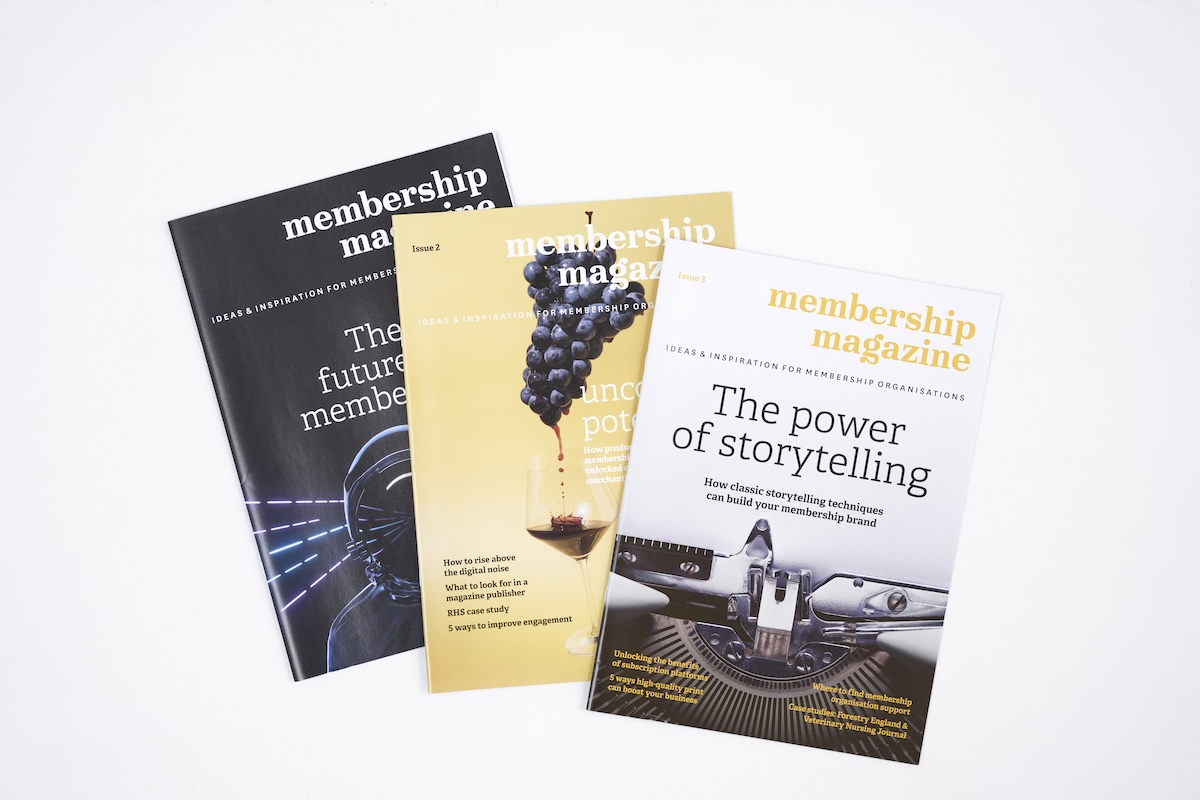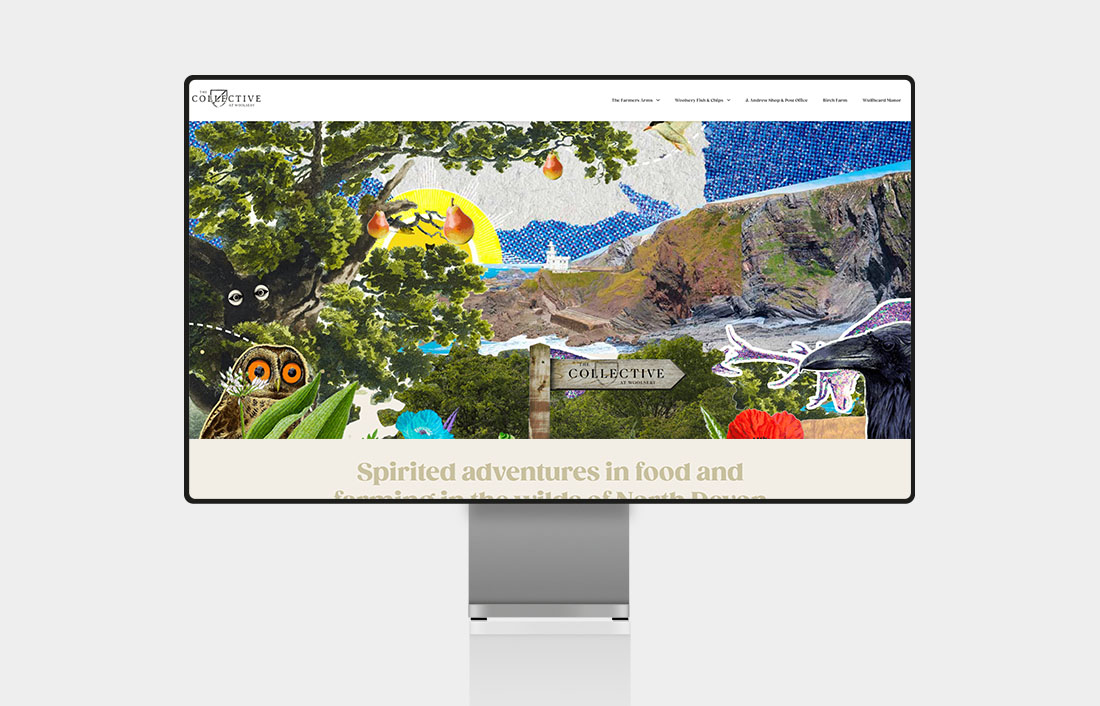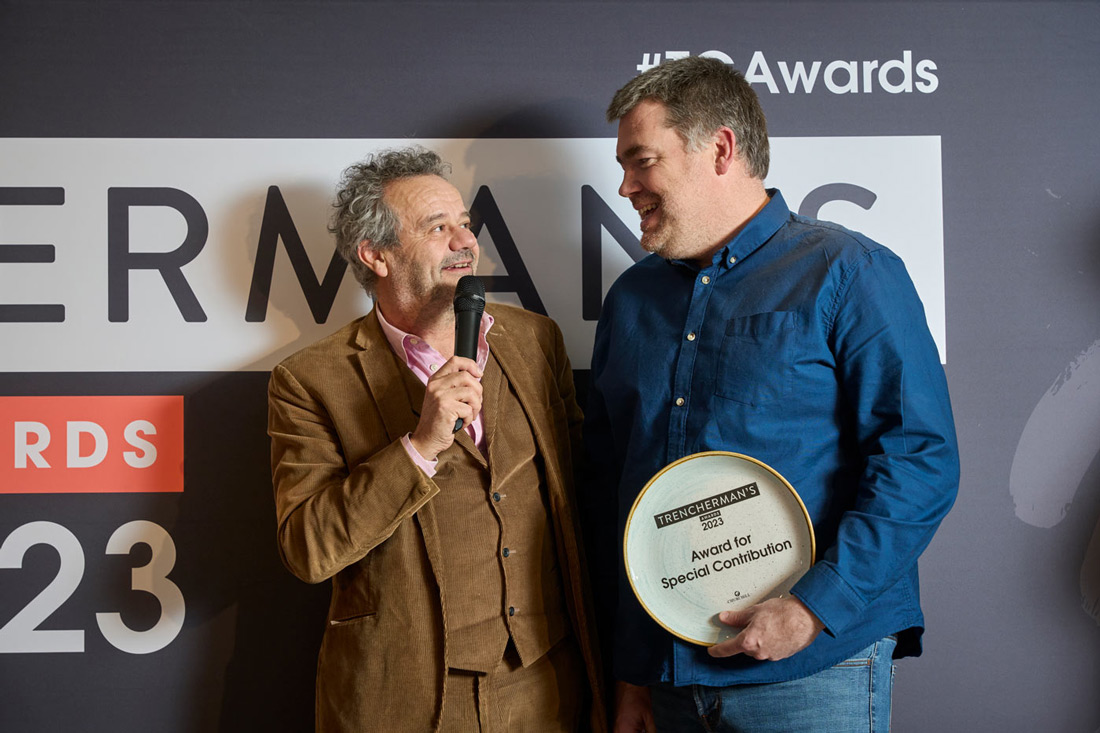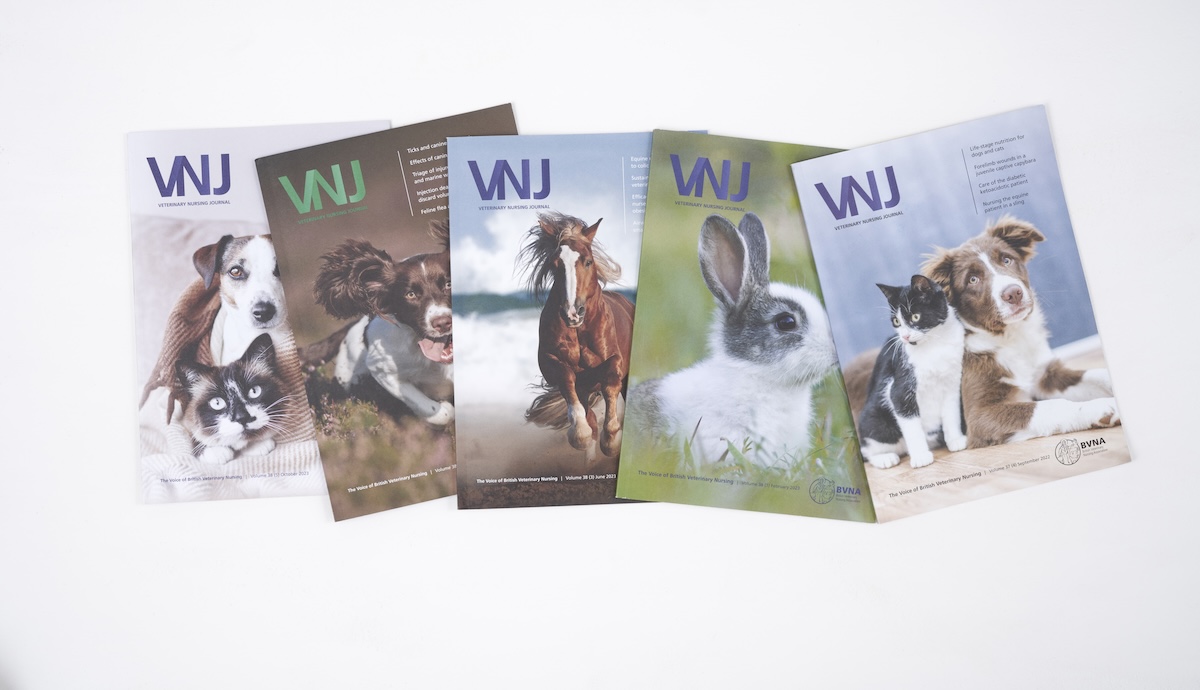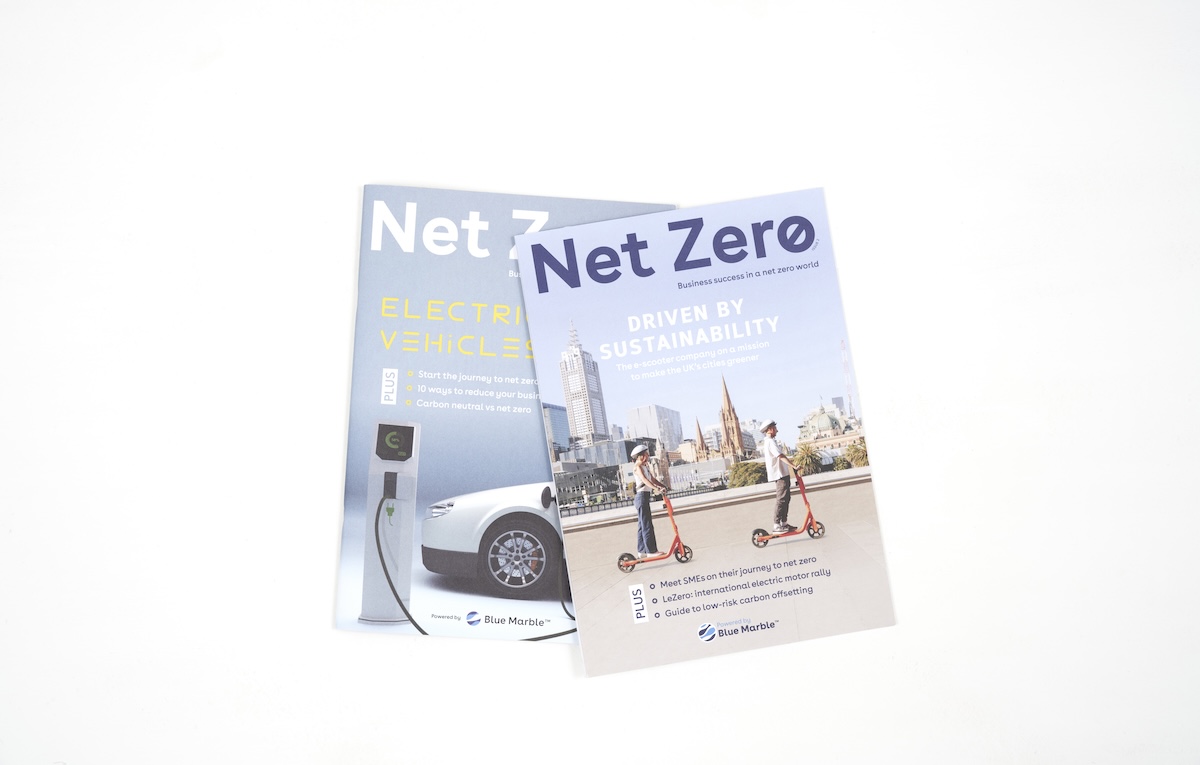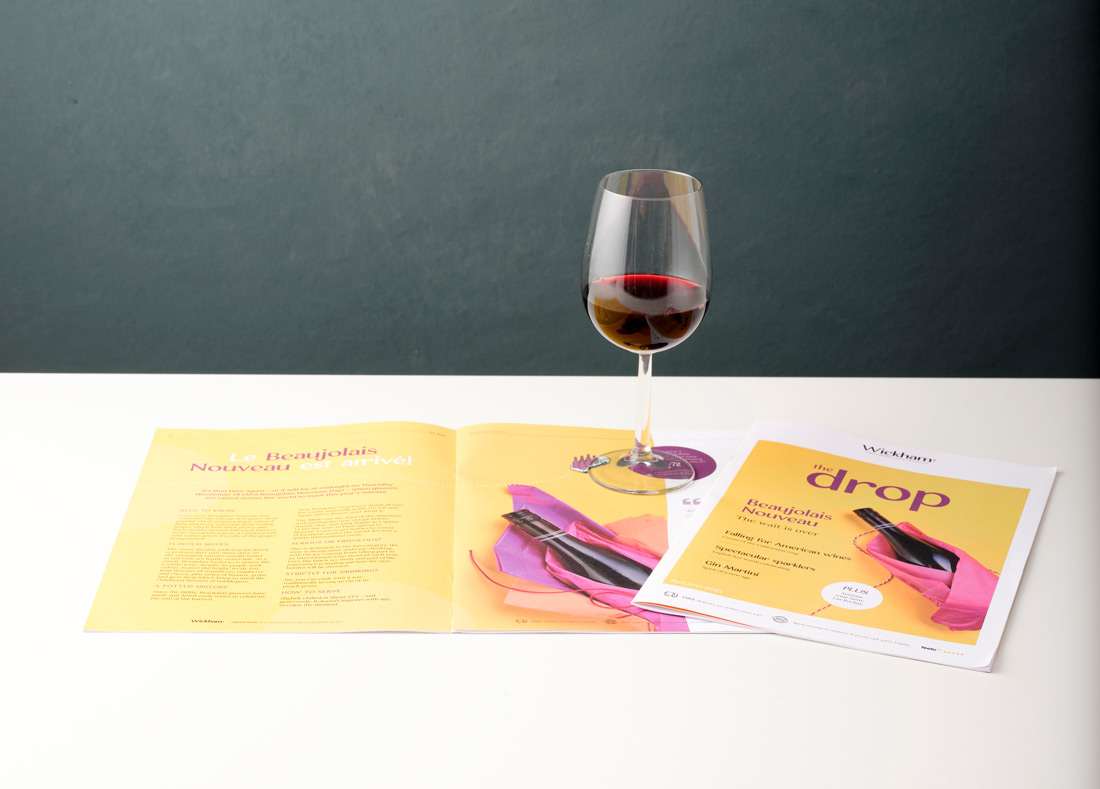Technology and teamwork have enabled three organisations to work as one to publish the Veterinary Nursing Journal (VNJ), explains Melissa Morris
The isolation imposed by the pandemic forced all of us to up our tech capabilities, and powered a digital-communication and information-sharing revolution that’s changed the way we work. That distance is no longer a barrier to business collaboration is evidenced by the remote publishing team behind Veterinary Nursing Journal (VNJ), the official journal of the British Veterinary Nursing Association (BVNA).
VNJ is published in print and digital format every two months for British Veterinary Nursing Association’s 6,500 members, most of whom are registered veterinary nurses. Editor-in-chief Nikki Ruedisueli is responsible for commissioning content and the clinical accuracy and editorial direction. Early in 2022, Nikki oversaw the transition from Veterinary Nursing Journal’s previous publisher to a collaborative partnership with Salt Media and Latcham printers. Although the journal is produced by three organisations in different parts of the country, they use technology to communicate, share content and manage workflow as if they were in the same office.
‘The team have enabled BVNA to publish a top-quality, evidence-based journal that engages with our members, and supports and informs veterinary nurses throughout their career,’ says Nikki.
‘We now have a more accessible publication for neurodivergent readers, with a broader range of news, articles and clinical content, innovative digital features and a comprehensive editorial style guide – and the team continue to steer the journal’s ongoing development. Good communication throughout has been key to creating a strong team spirit – and it helps that we all like and respect each other.’
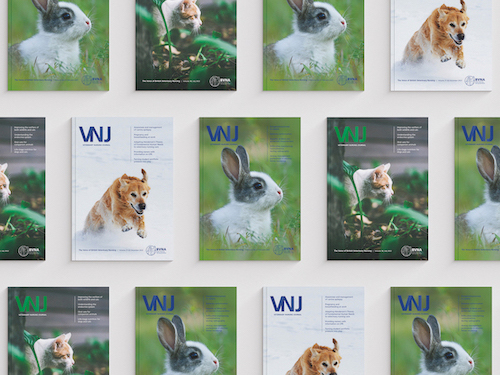
Most of the content Nikki commissions for VNJ is written by veterinary nurses. She works with BVNA’s editorial board to oversee the blind peer review of all clinical articles. The advertising in VNJ is also managed by BVNA. Salt Media then brings together the features and advertising copy and manages the journal through to print, via design, copy editing, fact-checking, detailed proof reading and the management of amendments and sign-off by authors, advertisers and the BVNA.
‘VNJ is a member publication in every sense of the word – it is written by members, for members,’ says Melissa Morris, editorial manager of VNJ and part of the Salt Media team.
‘Writing or reading articles in VNJ also forms part of the continuing professional development of veterinary nurses, so our approach has been to support this. We edit the copy sensitively to retain each author’s voice, while also ensuring the article is factually correct and consistent with the house style. When we add any supplementary imagery, we select eye-catching pictures that illustrate best practice for veterinary nurses.’
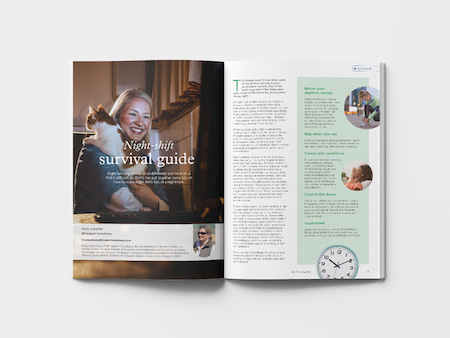
When an issue of VNJ has been signed-off by BVNA, PDFs optimised for digital while printed versions are sent by Salt Media to the Latcham team. The print version is produced and delivered using environmentally friendly inks on FSCcertified paper, supported by postal optimisation, and journal archiving and retrieval services. The digital version is hosted on a bespoke interactive platform created by Latcham, with an accompanying email, plus regular analysis and reporting of digital activity.
Early in 2023, BVNA was awarded Silver status by Investors in the Environment and, as part of a strategy to reduce its carbon footprint, began evaluating a switch to offering a digital-only VNJ subscription to its members, with an optional printed journal at an extra cost. Again, members were central to the decision-making process.
‘We worked closely with BVNA to ensure that, should they decide to switch, the digital version offered maximum value,’ explains Garry Ford, specialist client director at Latcham.
‘This included the addition of bonus features, such as the ability to carry out keyword searches in individual issues and the online archive, live hyperlinks in articles so readers could easily access references and additional resources, and the capability to host additional multimedia content such as podcasts and videos.’
Niki adds: ‘The digital platform developed by the Latcham team allows BVNA members to
interact with VNJ much more easily. The search facility and clickable links enrich their learning experience, and data collected by the platform enables us to identify which topics are most popular among members – helpful in directing future content.’
Huw Jones, CEO of BVNA, has been delighted by the progress made by the three organisations working together. He says:
‘The move to self-publishing VNJ was a huge decision for us. Almost two years on, it’s
working well because we have managed to create a trustworthy, supportive partnership
with people who understand our ethos and business model. VNJ is on a journey; the team have established it and continue to move the publication forward.’
We’re delighted with the feedback and success of the VNJ. If you would like a hard copy posted to you just let us know.


